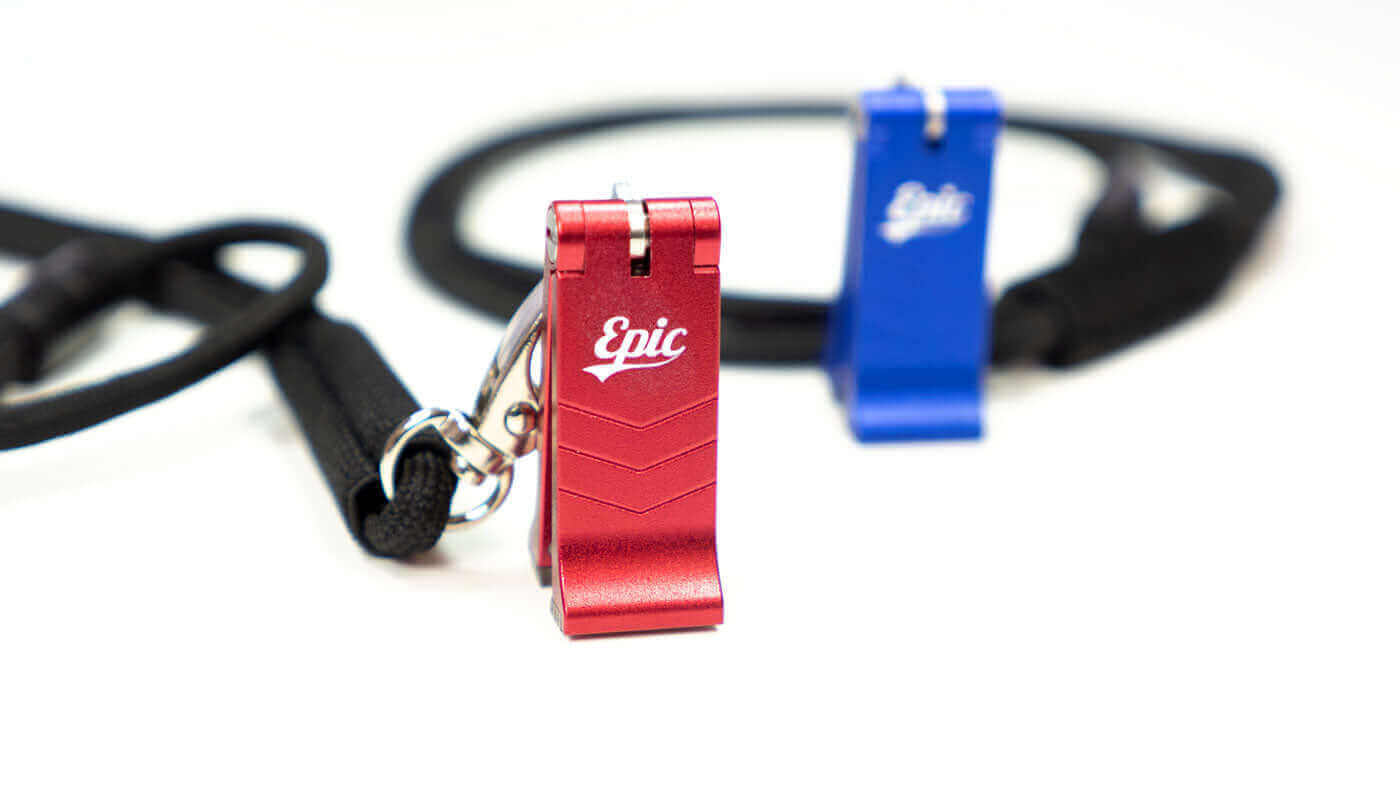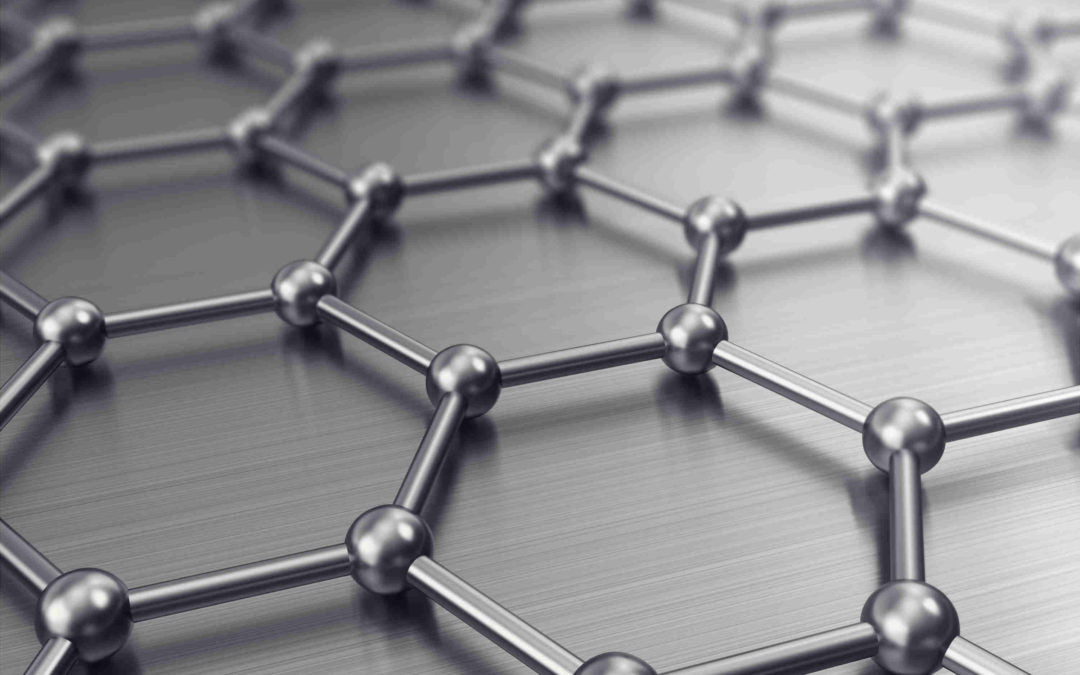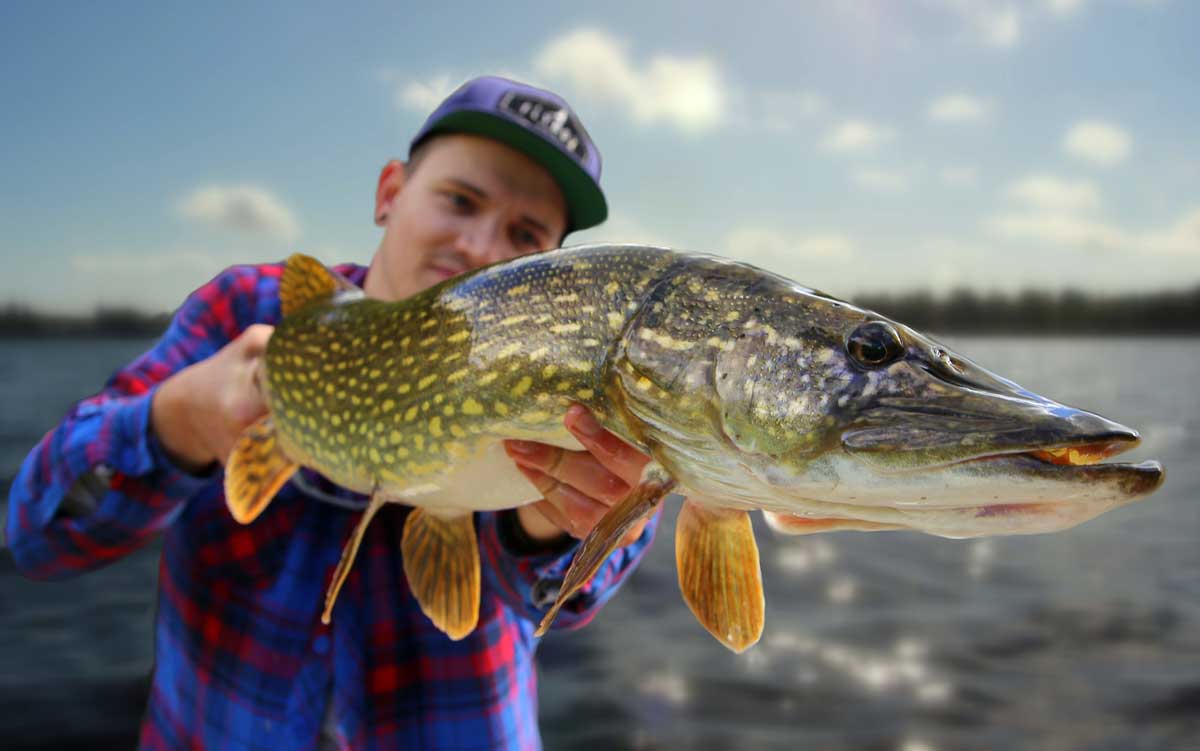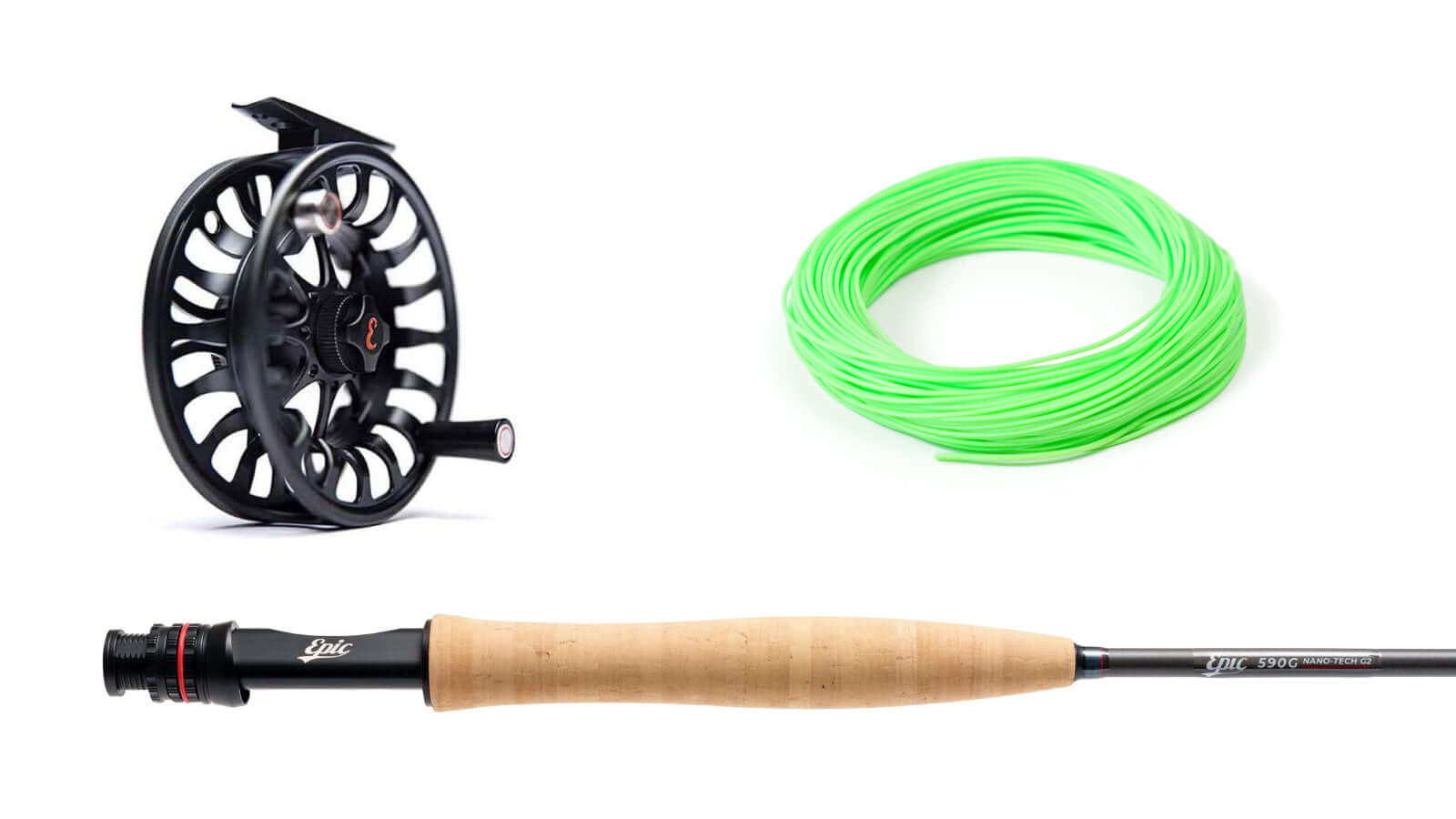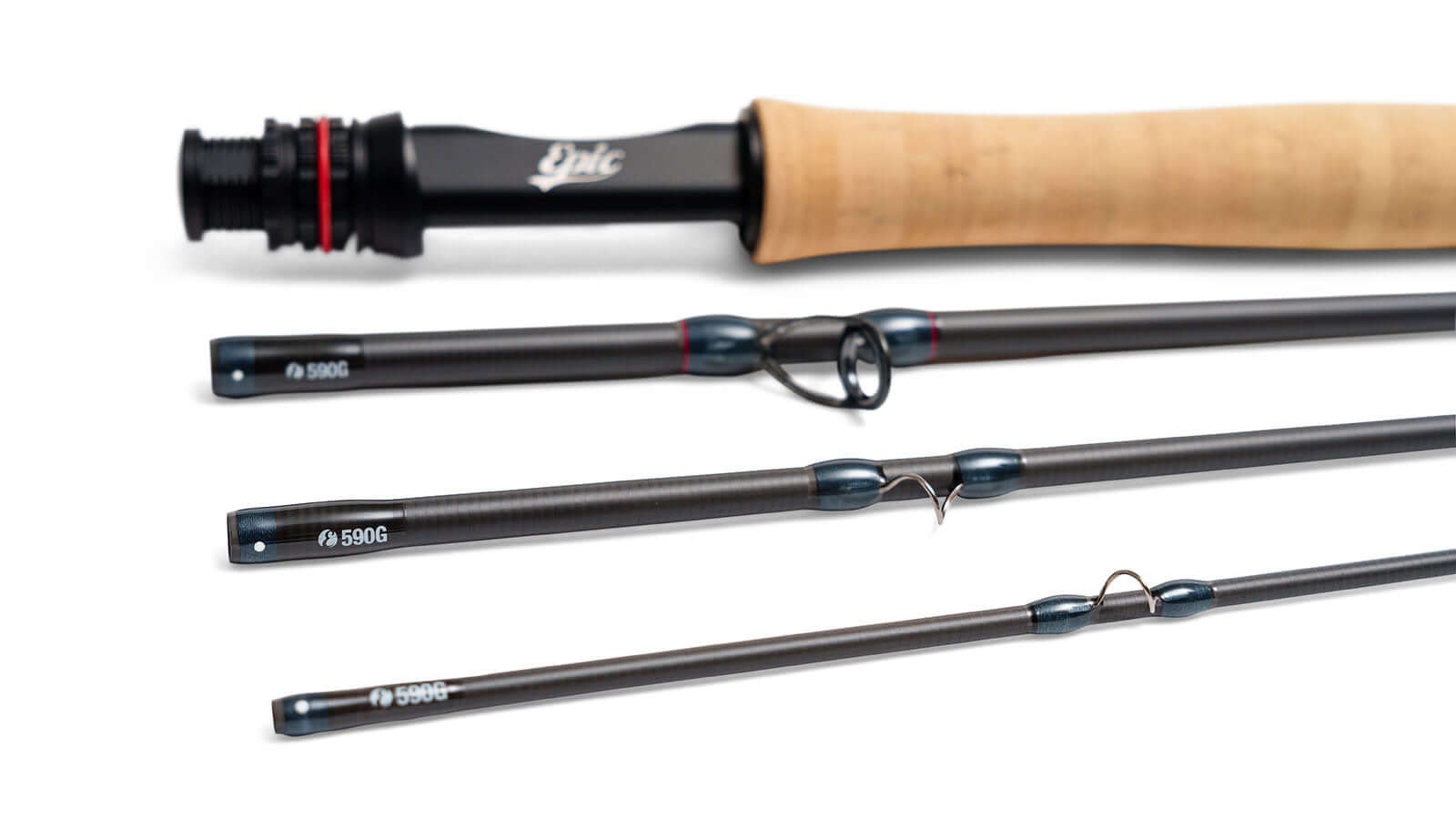The truth about the use of Graphene in fly rod manufacture.
There is some confusion, misunderstanding and misinformation surrounding the use of Graphene in fly rods. This article sets out to explain how and why Graphene nano particles can be utilised to manufacture better fly rods.
What exactly is Graphene and why use it in a fly rod?
Graphene is the name for an atom-thick honeycomb layer of carbon atoms.
Harder than diamond yet more elastic than rubber; tougher than steel yet lighter than aluminium. Graphene is the strongest known material.
How Strong?
Graphene is incredibly strong, It is the strongest and stiffest material known to man. Graphene is 200 times stronger than steel, stronger than diamond, and 30 times stronger than Kevlar. Those properties sound pretty appealing if we could harness them and apply them to making better fly rods right?
Graphene, although a relatively new discovery, has been around since 2003, it was discovered by by a bunch of scientists at the University of Manchester in the UK.
Graphene is extremely well researched and is being used commercially in all sorts of applications from tennis rackets, and golf club shafts to McLaren racing cars - in electronics, super conductors, textiles, desalination and even paint - and yes, in fly rods.
While its true that Graphene conducts electricity extremely well - so does graphite. And the inclusion of Graphene nano particles in the resins used to manufacture carbon fibre pre-preg have negligible effect on the conductivity of a fly rod. Anyone telling you otherwise is pulling your leg.
In the unlikely event you are caught out in an electrical storm with fly rod in hand, give thought to the fact that you probably shouldn’t be standing up to your ass in water when there’s lightning around. You could always grab a fiberglass fly rod - fiberglass is an excellent insulator and was initially developed as an electrical insulating material by the military - hence the term E-glass (electrical)
Of all the remarkable properties of Graphene it’s strength and flexibility that are of most interest when it comes to making better fly rods - (so too for Formula One race cars and the Aerospace industry)
Does a stiffer material mean stiff fly rods?
No. This extra strength does not necessarily mean stiff fly rods, but it does mean that less material can be used in order to deliver a desired stiffness - Keep in mind that a fly rods overall stiffness is dictated by many factors: Taper, wall thickness, length and material are but a few.
We can easily make relatively slow, full flexing fly rods using Graphene enhanced material.
The incredible strength and flexibility of Graphene simply means that stronger, lighter and more durable blanks can be manufactured using this technology than using old conventional carbon fibre (graphite) composites and resins.This is a clear and simple evolutionary development. Just as flats skiffs are now made from carbon and glass fibre composites rather than plywood and brass screws.
Where is the Graphene? - It’s all in the resin.
“Graphene” fly rods contain a small percentage of Graphene nano material in the resin used to manufacture the Carbon fiber pre-preg that is in turn used to roll a fly rod blank.
The actual carbon fibers used in the blank are still fairly conventional in nature - it’s merely the glue that binds these fibers together that is improved by the addition of Graphene nano particles.
 Epic 480G - 4wt Graphene fly rod
Epic 480G - 4wt Graphene fly rod
Ahead of the curve.
Our pledge is to always “Build a Better Fly Rod” - In 2016 we began using a proprietary Silica Nano Matrix adhesive technology in our “C” series carbon fiber range. This development helped reduce weight and improve strength and durability, and is in part one of the reasons our Epic 590C and 690C fly rods have found favour with so many fly casters around the world.
In the future, and as we discover new materials that help us build better fly rods for our customers we’ll certainly be making use of them. The move to using a newer nano resin which incorporates Graphene Nano-technology is another small incremental improvement to the ingredients we use to make the worlds best fly rods.
Better Fly Rods.
The simple fact is the more effective we can make the glue that binds the carbon fibres together the better we can make the fly rod. Better resin means we can use less of it, and “better’ means lighter, stronger and more responsive when it comes to fly rods.
Graphene simply makes carbon fiber stronger and more durable.
There are literally thousands of pages of peer reviewed research and empirical evidence showing how the use of Graphene improves the mechanical properties of carbon fiber (graphite)
The EU has an entire research organisation devoted to its development. The “Graphene Flagship”, an educational and research consortium sponsored by the European Union. The University of Manchester (the university that discovered Graphene) has developed a substantial body of work around its use and development - some of which is referenced below.
It’s inevitable that more and more manufacturers will begin incorporating nano technology into their fly rod manufacture over time. Even those that currently dispute its benefits. We just like to be ahead of the curve.
When applied to fly rod blank manufacture the evidence is quite clear. Graphene enhanced carbon fiber is superior in every aspect: It is stronger, lighter, exhibits greater impact resistance and is more flexible leading to improved durability.
Graphene is not brittle.
Graphene is actually a highly flexible material.
Graphene wins.
Lab tests from our own composite engineers clearly demonstrate that Graphene enhanced blanks are a clear improvement over conventional epoxy / carbon fiber pre-pregs.
ANALYSIS OF GRAPHENE-ENHANCED PREPREG IN FLY ROD MANUFACTURE
* In all cases Graphene enhanced Carbon fiber pre-preg comes out on top

Further Reading:
"Graphene makes carbon fiber stronger, stiffer, more durable and cheaper in the future"
https://newatlas.com/materials/graphene-carbon-fiber-stronger-stiffer-cheaper/
Graphene Video
Videos below are referenced from https://www.carbontrifecta.org/graphene-intro/ and the Graphene Flagship, an educational and research consortium sponsored by the European Union. https://graphene-flagship.eu/
What is Graphene?



